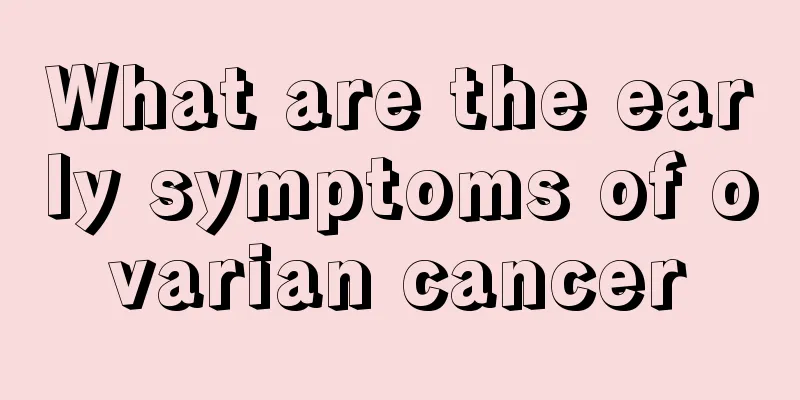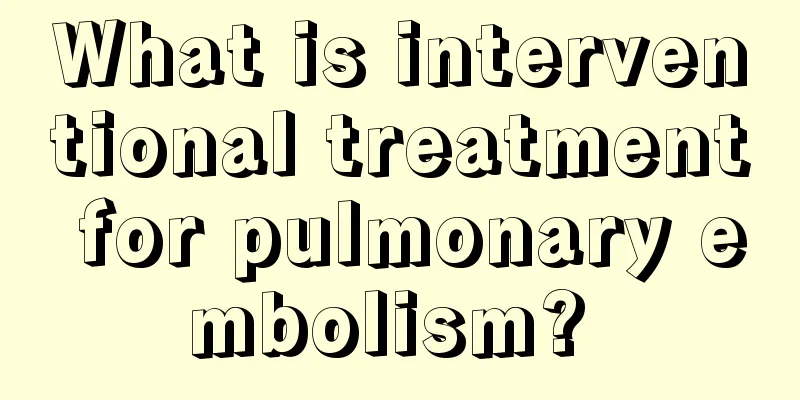Which radical treatment method for liver cancer is better? These methods have the effect of curing liver cancer

|
Liver cancer refers to malignant tumors that occur in the liver, including primary liver cancer and metastatic liver cancer. When people talk about liver cancer in daily life, they are mostly referring to primary liver cancer. Primary liver cancer is one of the most common malignant tumors in clinical practice. According to the latest statistics, there are about 600,000 new liver cancer patients in the world each year, ranking fifth among malignant tumors. Primary liver cancer can be divided into hepatocellular carcinoma, cholangiocarcinoma and mixed liver cancer according to cell typing. According to the morphology of the tumor, it can be divided into nodular type, massive type and diffuse type. Primary liver cancer is a high-incidence disease in my country, and generally more men than women. China is a major country of hepatitis B. Most of the liver cancer in my country develops on the basis of hepatitis B cirrhosis. The number of hepatitis C patients is also gradually increasing, and hepatitis B will also develop into liver cancer. At present, the number of patients in my country accounts for more than half of the world's cases, accounting for 55% of the world's liver cancer patients. It has become a major killer that seriously threatens the health and life of the Chinese people, and its danger should not be underestimated. The current radical cure methods include liver transplantation, radical resection, and fractionated ablation therapy. Indications for surgical treatment: radical treatment of early, intermediate and localized tumors, palliative treatment of advanced tumors. Advantages: Surgery is a mechanical method that can temporarily remove large tumors. There are no problems such as chemotherapy resistance and radiation resistance. Disadvantages: It is highly traumatic, and surgery is difficult in some areas. It is ineffective for subclinical metastases, and has certain limitations in treatment. It cannot completely eliminate cancer cells, and cancer cells will grow again within a certain period of time. Indications for liver transplantation: Radical treatment of early, mid-stage and localized tumors (maximum tumor size 3 cm, total no more than 3, single tumor diameter <5 cm), otherwise prone to recurrence, cirrhosis of the liver with liver function grade B and C (jaundice: total bilirubin: greater than 50umol/L) and treatment of liver cancer. Advantages: It can solve problems such as tumors, liver cirrhosis, ascites, jaundice, etc. at the same time. Disadvantages: Highly traumatic, difficult surgery, ineffective for subclinical metastases, cancer cells will grow again within a certain period of time, and the possibility of tumor metastasis and recurrence is greater due to postoperative immunosuppressant administration. Therefore, small liver cancer with liver function grade A may not require a liver transplant. In addition, if the tumor is too large or involves blood vessels or metastases, a liver transplant is not required. Physical ablation therapy Indications: Radical treatment of early, intermediate and localized solid tumors, minimally invasive radical treatment of a few advanced tumors or cytoreductive treatment of meniscus tumors. Advantages: CT or B-ultrasound guidance, accurate positioning, local anesthesia. Thermal ablation or cryoablation is used to cause coagulative necrosis of the tumor to achieve the resection effect. It is also effective for metastatic tumors and is safer than surgery for tumors near intrahepatic blood vessels. Multiple tumors in different liver lobes can be ablated at one time, with little trauma. The patient can move 6 hours after surgery, and liver function recovers quickly. It is an important means of treating cancer. The smaller the tumor, the better the effect. Disadvantages: 1. After large tumor necrosis, poor absorption of necrotic tissue may cause infection and require external drainage treatment. 2. The treatment cycle for large tumors is long, generally requiring 2 to 3 months. If it is not combined with embolization, the temperature rises slowly during the procedure and the effect is affected. |
<<: What are the early symptoms of lung cancer? 3 early symptoms of lung cancer you should know
Recommend
Testicular cancer care plan
We all know the pain of testicular cancer treatme...
How long does it take to cook zongzi
When cooking rice dumplings, you must control the...
Influenza A virus antigen negative?
In daily life, influenza A virus is a common infl...
There is a blood blister on the anus
The human anus is prone to many situations. If co...
Are the consequences of filling tires with nitrogen serious?
The number of cars in my country has been growing...
How big is the fetus at four months of pregnancy
Many pregnant mothers are more concerned about ho...
Is albinism hereditary? Do you know the symptoms of albinism?
Albinism is a common disease. Patients with albin...
Exposure to various carcinogens can easily lead to gallbladder cancer
Gallbladder cancer is always threatening people&#...
How can bone cancer patients relieve pain?
How to relieve the pain of late-stage bone cancer...
What are the effective exercises for frozen shoulder?
Patients with periarthritis of the shoulder can a...
Will it hurt when wisdom teeth grow?
Teeth are very important to people. Wisdom teeth ...
What complications does melanoma usually cause?
Melanoma may be the first disease most people hav...
My hands are broken from washing people's hair all day. What medicine should I use?
Some people like to take care of their hair very ...
Closed comedones on forehead
Closed comedones on the forehead are a common sym...
Which part of lamb is best for hand-cutting?
Mutton is a very important meat ingredient in lif...









